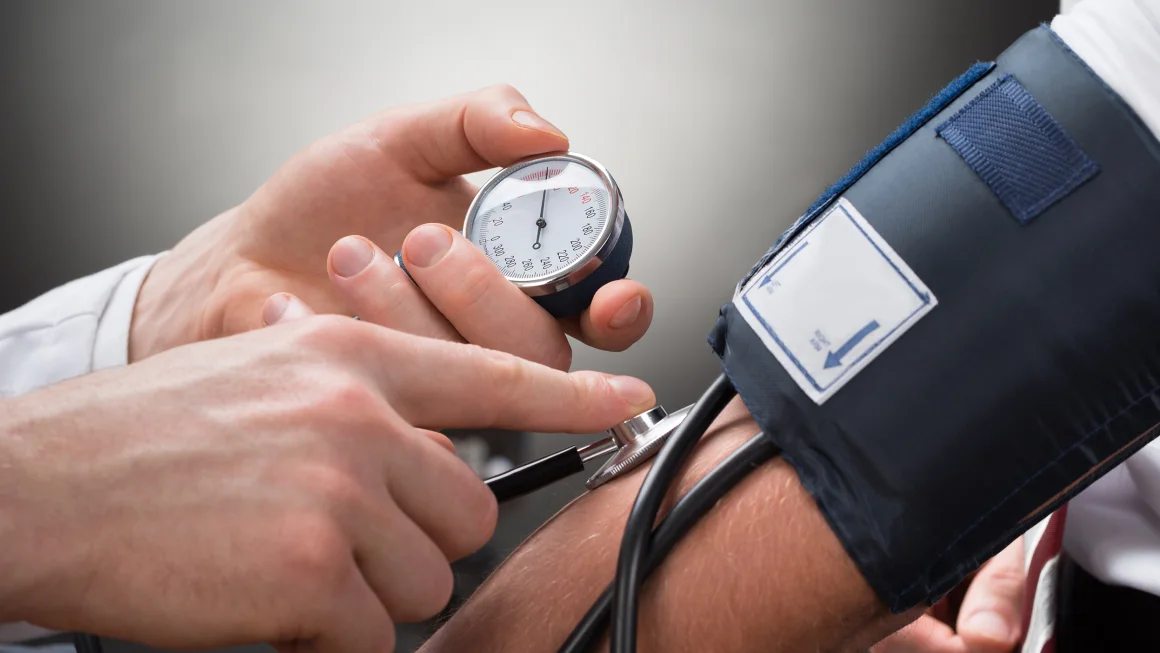Track Your Progress



We recommend keeping a detailed record – meals, exercise regimen, physical status (including symptoms that have disappeared), mental status, test results and medications – in order to track your progress. Take as many body measurements as you can on the first day of the program, and then take those same measurements again on the last day.
Whenever possible, track at least the following basics: your weight, your blood pressure and blood test results, including the five measures below, plus any additional recommendations from your doctor.
- Cholesterol: If your level is above 180 mg/dl, you should consider it a warning sign of potential circulatory problems. Ideal is below 150 mg/dl. Sometimes results are broken down into HDL [“good”] and LDL [“bad”] cholesterol levels, but we feel total cholesterol is the most significant.
- Triglycerides: This measures the amount of fats floating in your blood. Your level will likely be between 50 and 200 mg/dl. Higher levels indicate “sludge” in your blood, cause resistance to insulin activity and are associated with an increased risk of heart disease.
- Glucose (blood sugar) level: Normal fasting level is between 70 and 100 mg/dl. Higher levels indicate prediabetes or diabetes.
- BUN (Blood Urea Nitrogen): This level reflects the amount of protein you eat and the function of your kidneys. Normal is less than 15 mg/dl.
- Uric acid level: Normal is less than 7 mg/dl. A higher figure indicates a risk of developing gout and/or kidney stones.
Learn more about some of the results of past McDougallers: McDougall Cohort Study.
Want even more free resources to help you in your McDougall Program journey?
Enter your email below, and we'll send you our Free McDougall Program starter kit.





